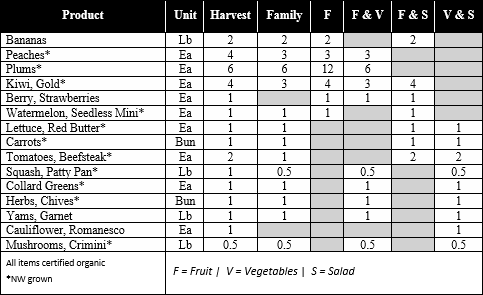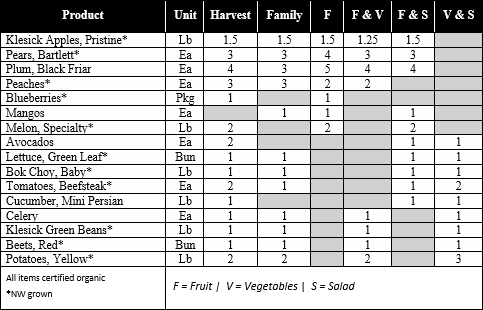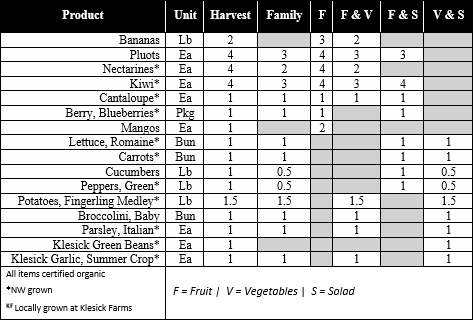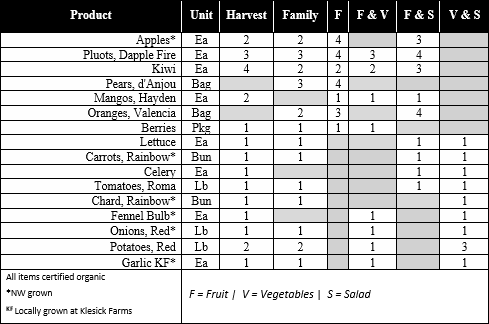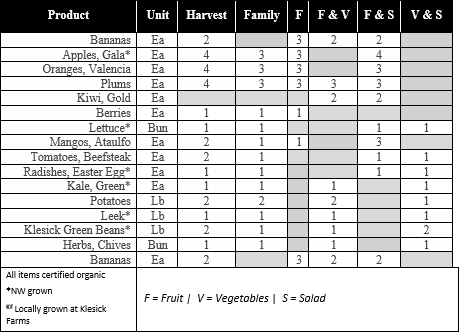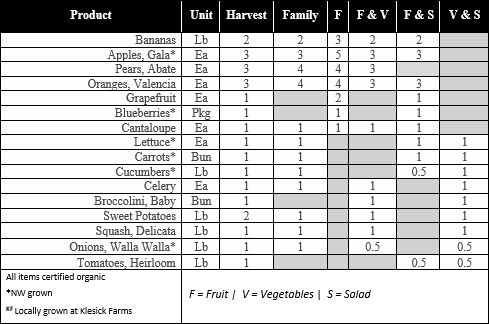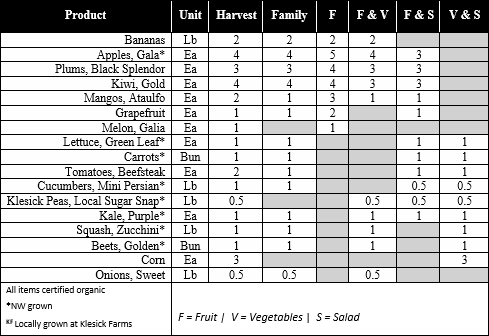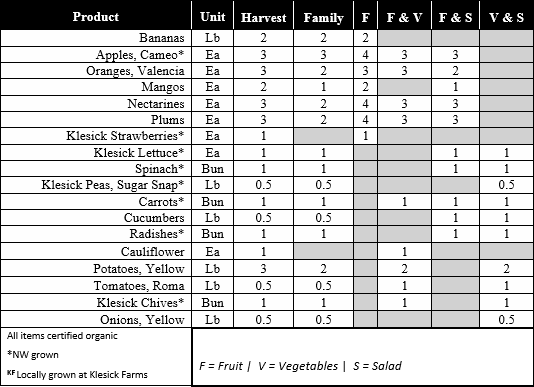I came across a quote from W. Clement Stone. He is attributed to have said, “Little hinges swing big doors.” Let that sink in for a moment. “Little hinges swing big doors.” What size hinge is necessary to swing the doors in our lives that are blocking progress? One needs the appropriate size hinge, the appropriate number of hinges, and the appropriate placement of hinges to swing any door. Small hinges can swing large doors.
I am no hinge expert, but this is what I do know. Hinges facilitate the movement of the door. A door, by definition, must be able to open, or it would be a wall. Ironically enough, a door is also a wall, but a wall is not a door.
Alright Tristan where are you going? Thanks for asking. When we moved to our farm and farmhouse there were two front doors kitty corner to each other on the same porch (still somewhat of a head scratcher to me???). One of those doors was a door with a window, much akin to a back-porch door. The other door was this really ornate, cool, solid wood door on the adjoining wall. Both had doorknobs and both looked like doors, duh! They were both doors.
The really cool old door didn’t work, and the half-glass back-porch door did work. What couldn’t be discerned from the outside is that at some point in this farmhouse’s 127-year history, someone took off the hinges of that old door, nailed it to the wall, and then paneled over it on the inside. True story 🙂
Sometimes, when it comes to making life changes, we try the wrong door. It might even be the coolest door, or even what appears to be the correct front door, but if that door has no hinges, it is not going to open. When you locate the door with hinges, you have a chance to pass through it, and it will open rather effortlessly. This can either be a good thing or not, but for the most part, if you can open a door, it is at a minimum meant to be opened. If not, it would be locked, or in the case of our old farmhouse, nailed shut and paneled over on the inside.
When it comes to eating healthy, we complicate it. Eating healthy is not complicated, we are! The door to eating healthy is relatively well-oiled and placed in the open where you would expect a door to be. The door to fresh fruits and vegetables, the one door that moves the needle on health and longevity like none other, isn’t nailed shut, hidden, or hard to find. But sadly, for some reason, most Americans rarely open it up and walk through it.
Of course, your family opens the door to health every time a Box of Good arrives, ensuring fresh organically grown fruits and veggies are available for you and your family to eat healthy. Thank you for that.
As a side note, we swapped out that back-porch door with the really cool ornate wood door, then filled the open space with a window.
Enjoy,
-Tristan
